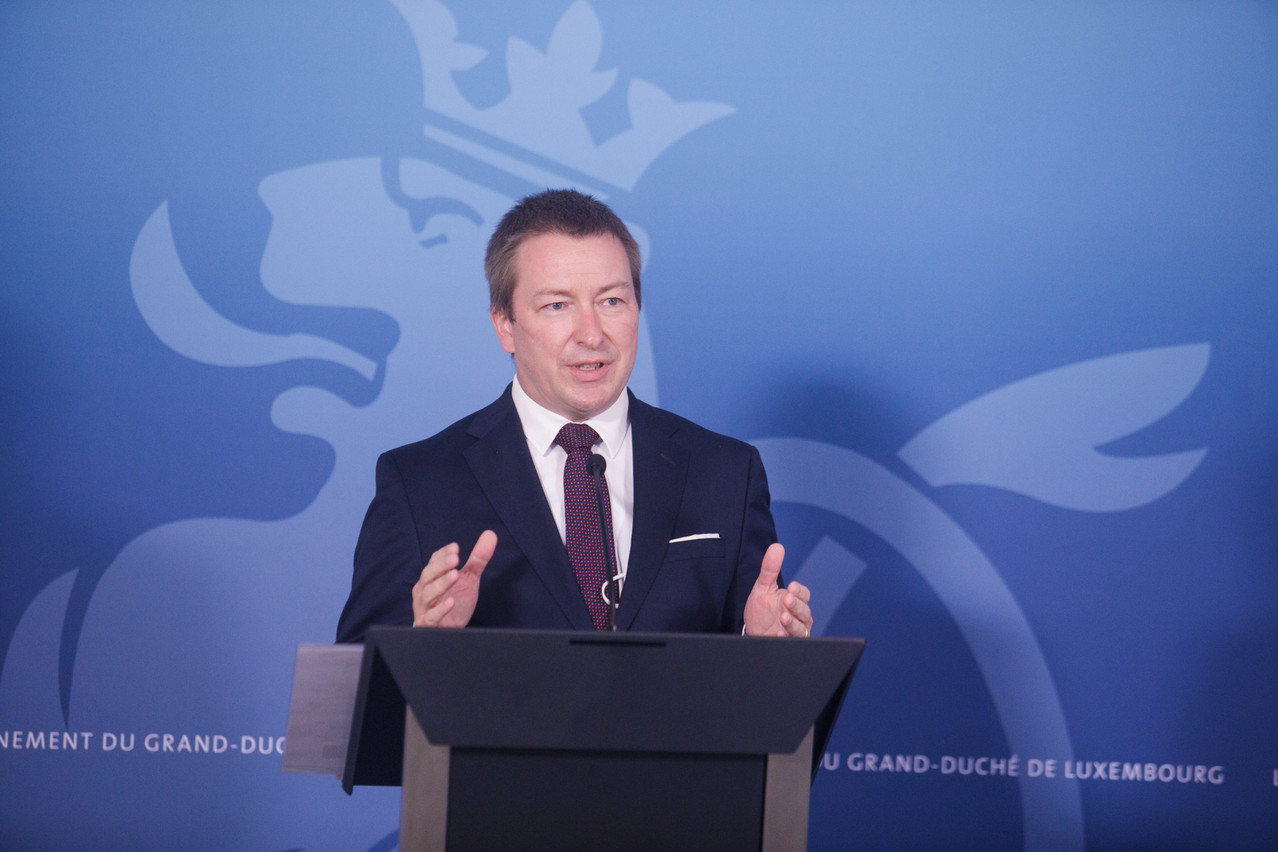In a bid to close the digital divide in Luxembourg society, a working group with representatives of 18 ministries and coordinated by the digitalisation ministry was set up in 2019. In parallel to the working group, the digitalisation ministry has carried out a needs and expectations analysis of those populations with fewer opportunities for digital access.
The joint efforts have culminated in a national action plan, presented on Wednesday, with three strategic components: increasing motivation and building digital confidence; facilitating access to digital technology; and developing digital skills.
“In order to feel motivated to use digital tools, a person needs to be able to perceive their usefulness and be aware of the information and online services that can be useful on a daily basis,” said the ministry in a press release.
The action plan presents 40 concrete initiatives. Among the priorities for 2022 are: organising a day dedicated to raising public awareness; the creation of a reference portal where relevant actors can communicate; and launching a study on how recent digital developments have affected those with less access.
In further example of the importance of digital access and literacy in the grand duchy, a new fee scheme in which digital services would be emphasised—to the point where certain transactions that are free on the e-banking platform would cost €3 if done face-to-face.
Access the action plan (in French) .
